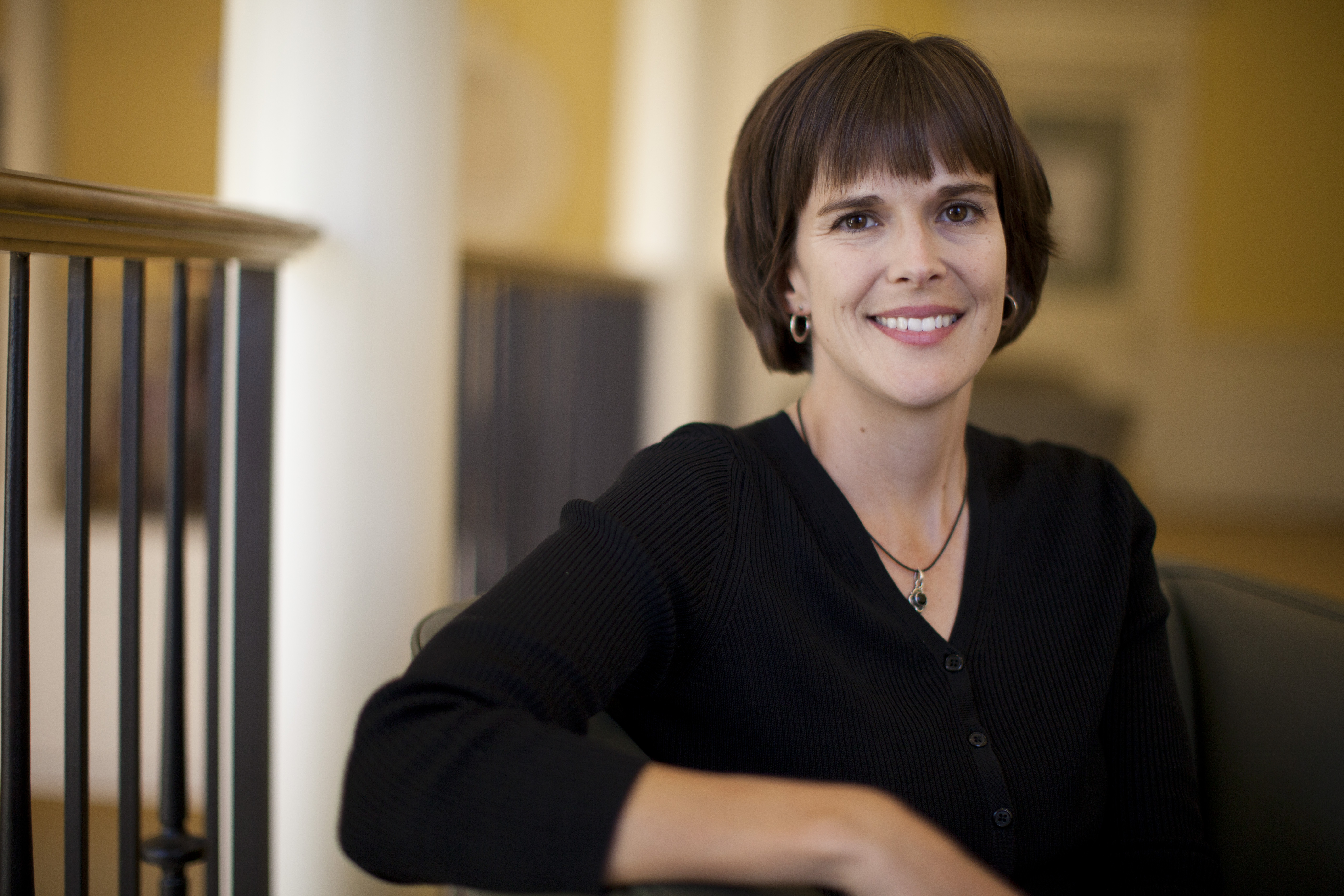Amrita, a 13-year-old Nepali immigrant, doesn’t talk much to other students in her math class because, she says, she doesn’t have many friends there.
Researchers from Youth-Nex, The U.Va. Center for Effective Youth Development, based in the University of Virginia’s Curry School of Education, have been awarded a grant to learn what, if any, consequences exist for non-native English speaking students like Amrita who lack meaningful interactions with peers during class time – and how the situation can be improved for all students.
The $580,000 grant from the W.T. Grant Foundation will allow investigators to explore instructional and social conditions in classrooms that support linguistic and academic development for adolescents whose primary languages are not English. These students, often known in U.S. schools as “English language learners,” or “ELLs,” are still learning the English they need for success in the classroom.
The team will be among the first to use social network analysis, an emerging tool used more often in business, sociology and psychology, to understand the experiences of ELL youth in mainstream classrooms.
Amanda Kibler, assistant professor at the Curry School, will lead the team that includes Nancy Deutsch, associate professor of education; and Valerie Futch and Lauren Molloy, both postdoctoral fellows at Youth-Nex, to study 35 middle school classrooms in two schools over the next three years.
“We hope to shed light on how the social integration of ELL youth in today’s increasingly linguistically diverse classrooms helps to promote classroom functioning and student learning,” Molloy said.
They will focus on classrooms that mix students who are classified as both fluent English speakers and English language learners, a group that some scholars have called the “new mainstream” in schools across this country.
According to the U.S Department of Education, students who speak a language other than English at home make up almost one-fifth of the U.S. school-age population. Approximately 13 percent of all K-12 students are classified as ELLs.
The investigators said there have been studies that document positive results of instructional programs integrating adolescent ELLs with fluent English speakers. Yet little is understood about the specific mechanisms through which this learning occurs.
Futch is particularly interested in how classroom interactions can affect identity and interpersonal experiences in adolescence.
“We have an opportunity here to learn a lot more about positive peer influence and how we can create classrooms that improve academic outcomes by purposefully considering social experiences,” she said.
“Results of this study should be very interesting and useful to educators,” Molloy said. “We hope to begin to uncover what teachers can do to help promote this integration.”
The team all share an interest in adolescents and peer relationships, but the group is leveraging an amalgam of different backgrounds and research methods to get a richer view of what goes on in the classroom.
“This is a truly collaborative effort,” Kibler said. “It can really create synergy by bringing together many kinds of information that can better answer our questions. Holistically, you can see a fuller picture than you might using just one approach.”
That picture is important to Kibler, who said her prior experience, teaching English as a second language in middle and high school, led her to pursue graduate study in order to improve education for all students. “I saw both instructional and institutional barriers placed in front of students who were in the process of learning English at school,” she said.
According to Kibler, ELLs traditionally score lower than their English-fluent peers on standardized tests because they are being assessed in a language in which they are not yet proficient. As a result, schools and teachers who serve large proportions of ELLs feel intense pressure to meet increasing demands for higher student test scores.
In addition, English language learners require specialized instruction that allows them to learn content while still acquiring the language through which the content is taught. But many states, including Virginia, don’t require all teachers to be trained in teaching and integrating such students into the classroom.
“Unfortunately, ELL youth are often viewed through a deficit lens, only in terms of their ‘limited’ proficiency in English,” Kibler said.
But, in fact, these students have a lot to offer.
“They come with very rich cultural and linguistic resources, and as many other people have noted, monolinguals can be seen as the ones who are limited, because they only know English,” Kibler said. “In this way, the conversation is shifting to think about ELLs as ‘emergent bilinguals.’”
Deutsch believes it is important to recognize the changing landscape of the communities in which students will live as they become adults.
“If we want to support youth in becoming active citizens, we have to consider the society in which they will be living,” Deutsch said. “It’s rapidly changing and, as a result, we have to educate our children to be citizens of a linguistically diverse world. We think some of that begins in the classroom.”
This collaborative research focused on improving outcomes for adolescence is at the heart of the Youth-Nex mission.
“This is the kind of forward-thinking research Youth-Nex is intended to foster, so we are very pleased to see this important work moving forward,” Youth-Nex director Patrick Tolan said. “This is about preparing youth for effective development in today’s world.”
Media Contact
University of Virginia, Contemplative Sciences Center
edaniels@virginia.edu 434-243-3560
Article Information
April 25, 2014
/content/learning-english-school-how-do-ells-and-peers-teach-one-another

